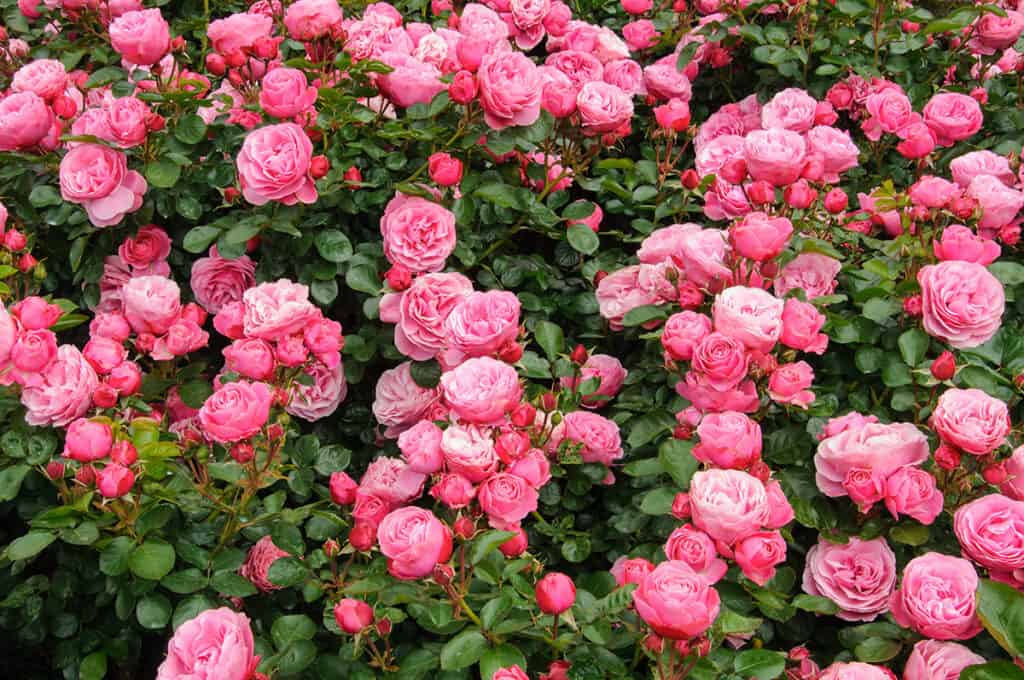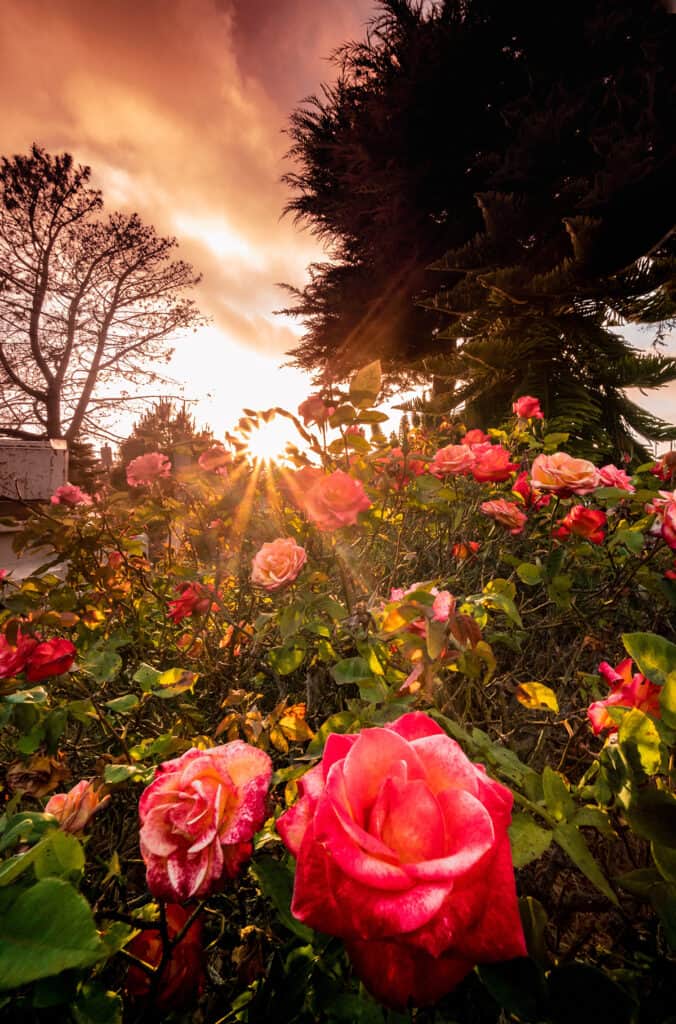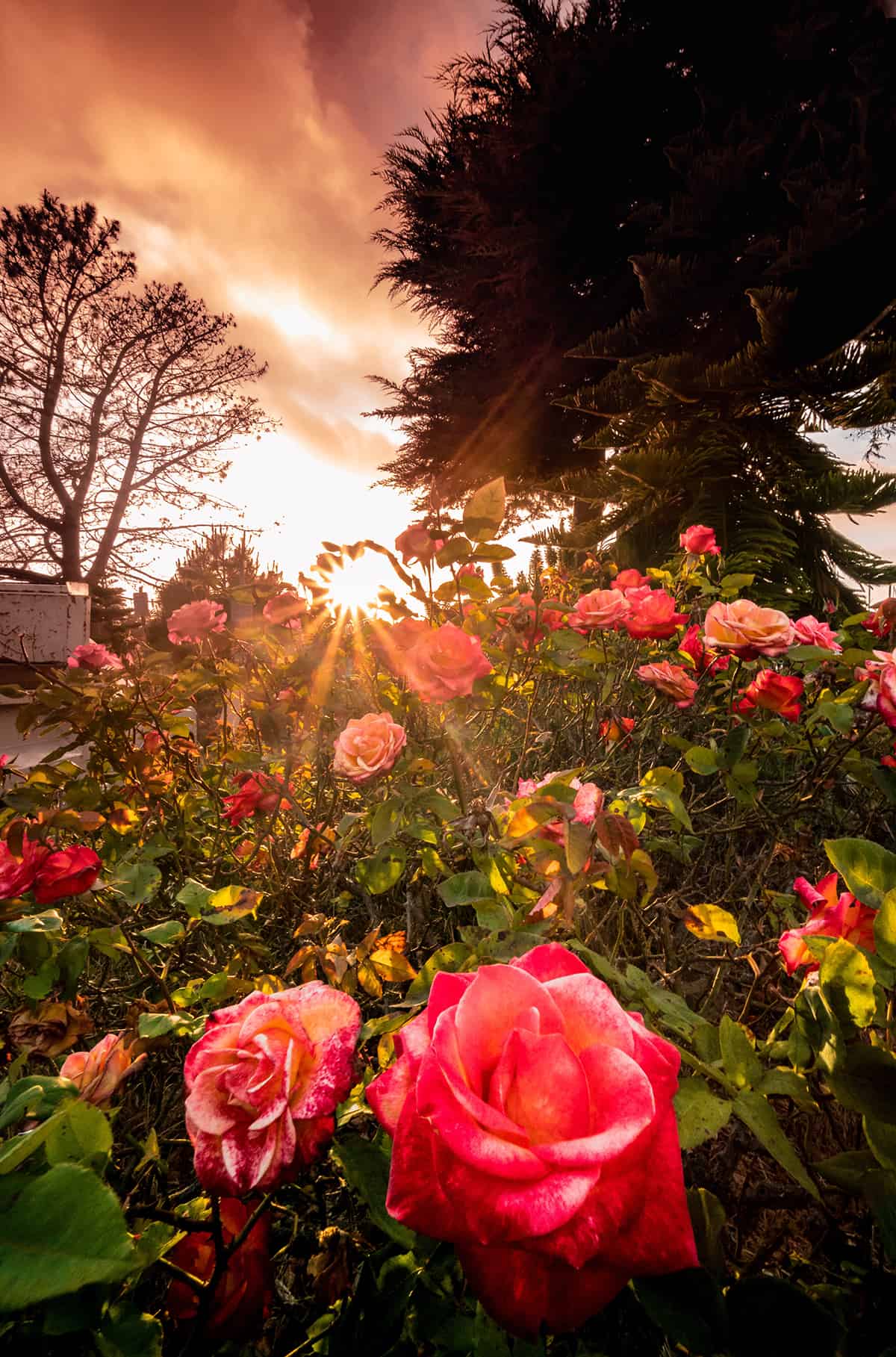This Summer Favorite is the Most Fragrant Choice for Your Garden
Roses delight us with their colors and scents. They’re versatile, too, ranging in size from miniatures just inches high to climbers that can be trained to scale a fence or wall, or cover an arbor. Roses come in many colors, from pastels to bright, as well as white and ivory. They are at their peak in early summer, but many will continue to bloom through much of the summer and into fall.

We also love roses for their fragrance, which is positively intoxicating in some varieties. Rose scents can be rich and sweet, musky or citrusy, and can vary in intensity at different times of day. The medium pink blossoms of the Gertrude Jekyll rose are among the most richly scented of all roses. Some other varieties prized for their fragrance include Mister Lincoln (dark red), Chrysler Imperial (dark red), Double Delight (red blend), Fragrant Cloud (orange red), Hansa (medium red), Tiffany (pink blend), Reine des Violettes (mauve), Rose de Recht (deep pink), Honorine de Brabant (pink blend) and ‘Rosa alba Semi-plena’ (white). Roses bred by David Austin are known for their fragrance. Many roses are at their peak fragrance in the morning, so if you cut some to enjoy indoors in a vase, the best time to gather them is in the morning.
You can grow roses in a garden of their own or along with other flowers in a mixed perennial garden. An outstanding place to see (and smell) roses on the East End is the Village of Southampton, where the Southampton Rose Society has created and maintains 5 gardens in the village.

A special group of roses, known as English roses, developed by David Austin, a breeder in England, have become popular here and can be found in many East End gardens (and are available at local nurseries and garden centers). These roses have a bushy growing habit which makes them do well in both traditional rose gardens or combined with other flowers in a mixed garden. The plants may be bushy, upright or arching in form, and vary in height. They look great planted in groups of 3 of the same variety, which allows them to grow together into a dense shrub with more visual impact. You can find David Austin roses in many local garden centers and nurseries.
Another low-maintenance line of roses is called Knock-Out. These plants are self-cleaning, meaning that you don’t have to deadhead (remove old flowers when they fade) or prune to get the plants to rebloom.
Give your roses a sunny spot. Water regularly if it doesn’t rain; roses do best when they receive an inch of water each week. Fertilize your roses 3 times per year – once when you plant them (or after pruning them in spring thereafter), again after their first flush of flowers, and a third time about 2 months before the average date of the first frost.








